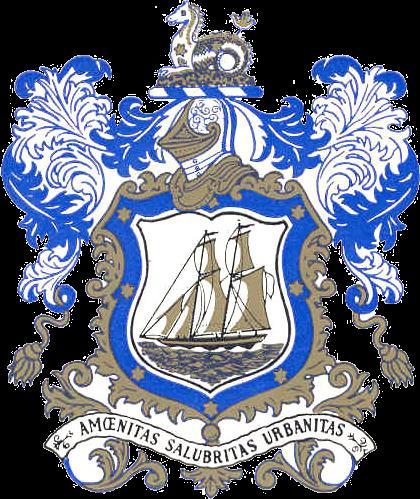
1 minute read
TOWN FABRIC
• A deficit of accessible public greenspace, meaning that those patches that exist are a critical resource.
• A dominating transport estate that can seem conspicuously indifferent to the town’s shared and communal life.
• A pattern of defining, landmark buildings in decline.
• A southern arc of almost contiguous approvals and allocations that together form a 30%, urban extension of the town.
• Risks to the historic pattern and identity of settlement on Ryde’s southern periphery as the urban extension affects Haylands, Swanmore, Oakfield and Elmfield in particular.
• Weak social resilience, with a concentration of very high-level deprivation right at the heart of the town, a deficit in public facilities and activities, especially for the young. This is set alongside a sharp demographic gradient between the oldest and youngest populations (for example Binstead and Ryde South).
Foundations
• Strong arts identity, two Arts Council England National Portfolio Organizations, Ryde Arts CIC, Ryde Carnival, annual events programme.
• Strong cultural identity and evidence of community action for change (noted by the Heritage Panel visit).
• Strong natural identity, Ryde Sands, its seascape and coastal wildlife.
• An investment narrative dominated by transport operators and their interests on the one hand, but on the other, a growing small business voice through the local association.
• A Ryde Town Council position predicated on what IWC ‘should be doing’. Lack of a bold, clear manifesto for town regeneration from within, leaving Ryde vulnerable to ‘getting what it’s given’ from without.





